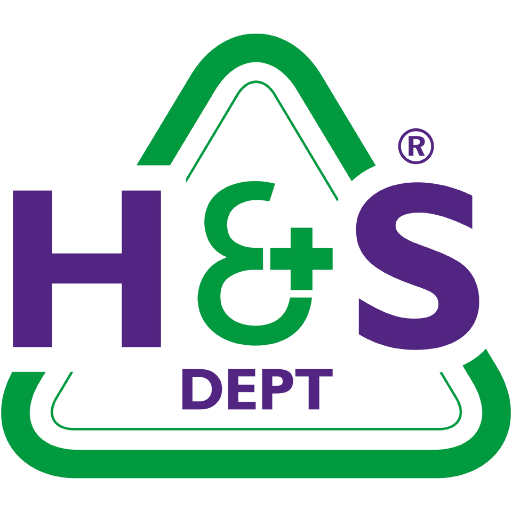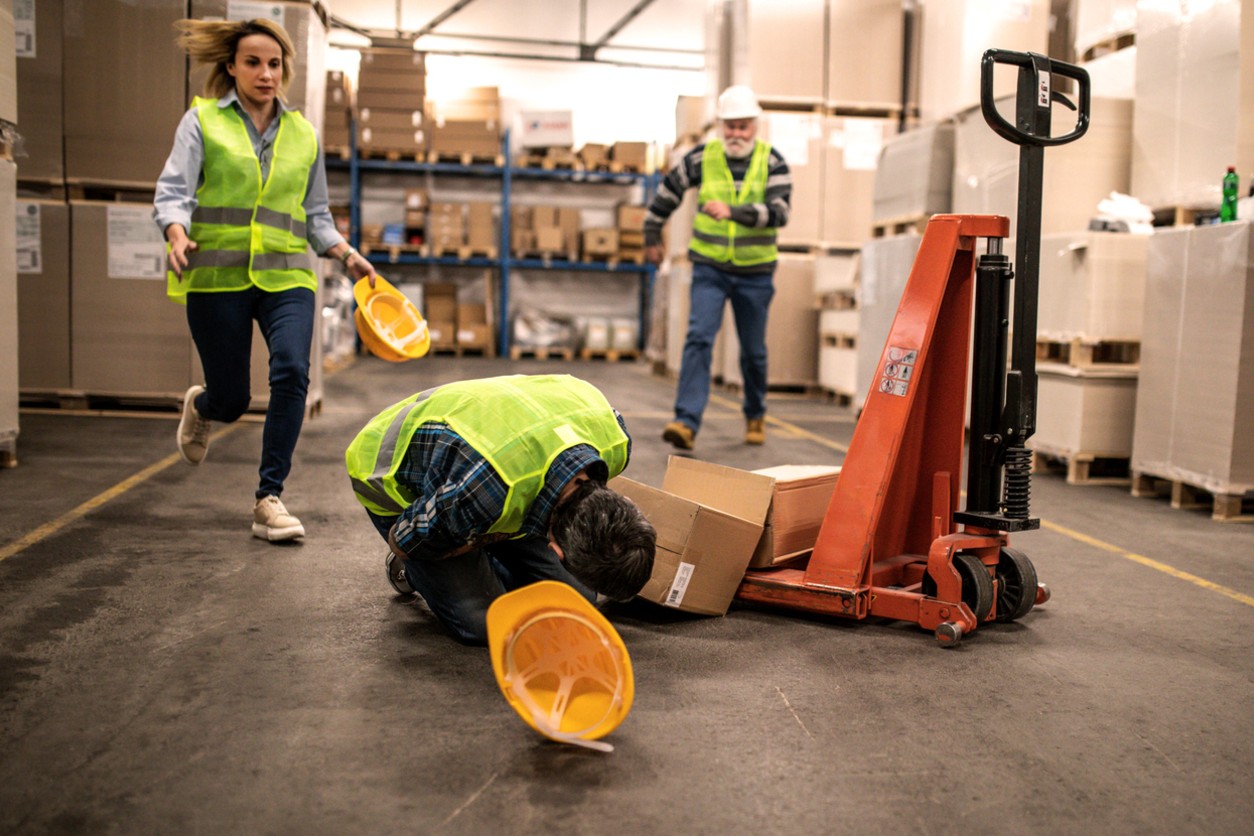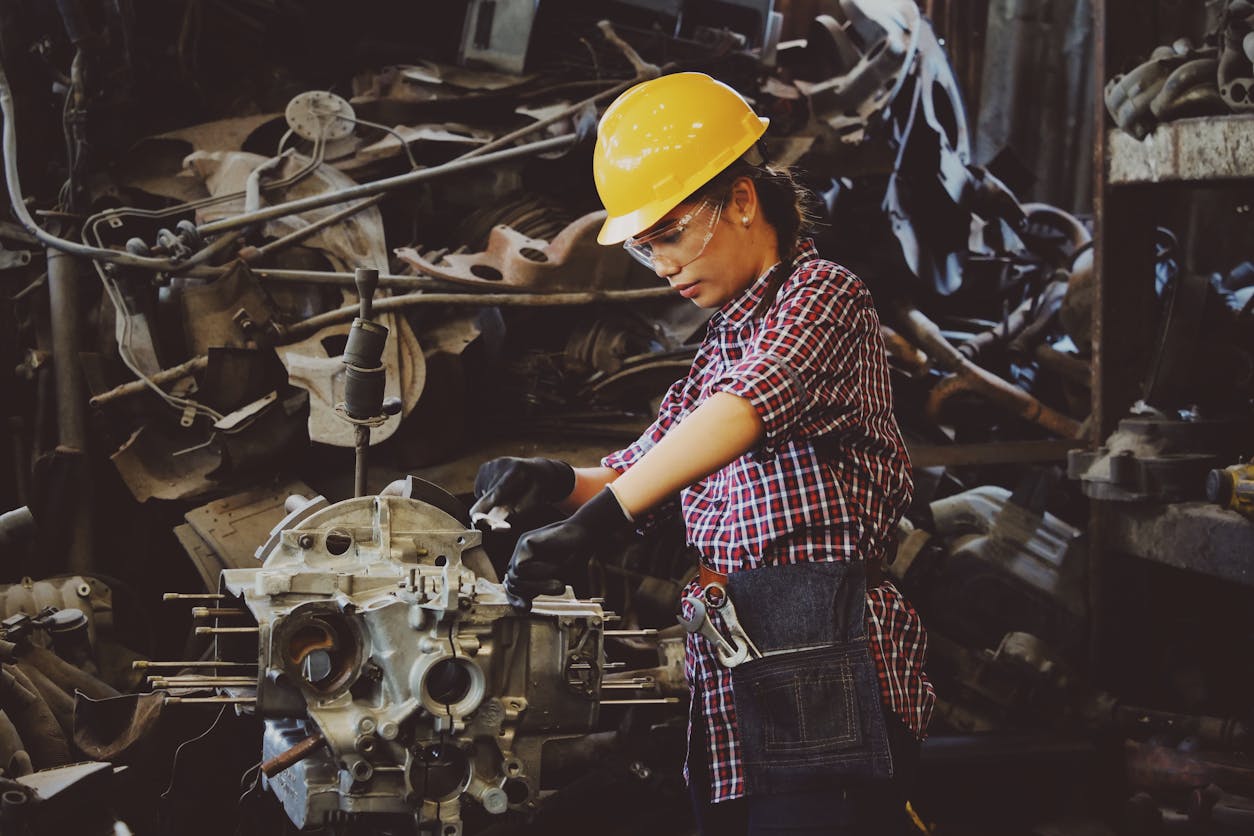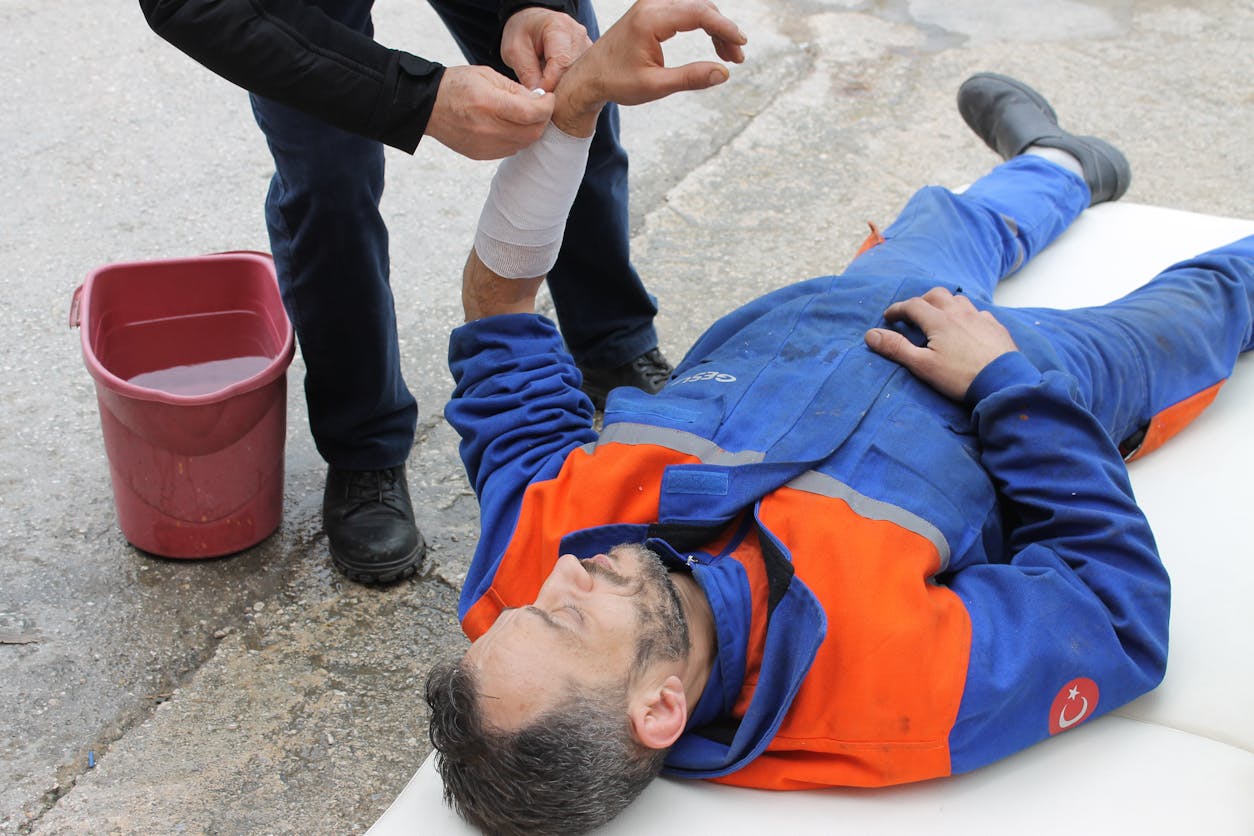Managing a construction site can be a lot… Every project brings new people, changing conditions and potential hazards that need careful oversight. Amid the daily pressures of keeping things on time and on budget, it can be easy to feel overwhelmed. That’s why Risk Assessments and Method Statements (RAMS) are so important – they offer a clear, structured way to manage risks and ensure everyone goes home safe.
In this article, we’ll explore how RAMS support both safety and legal compliance on construction sites, and how you can use them to improve the way your team works day to day. We’ll also explain how The Health & Safety Dept is here to help, offering practical support tailored to the real-world needs of construction SMEs.
What Are RAMS?
RAMS is a common term in construction, but not everyone is entirely sure what it means. It stands for Risk Assessment and Method Statement, and together, these documents explain what could go wrong on site, and how the work will be carried out safely.
The risk assessment identifies potential hazards, evaluates the likelihood and severity of harm, and outlines what you’ll do to prevent incidents. It’s the thinking behind your safety measures.
The method statement, on the other hand, is the doing. It sets out the steps for carrying out a task safely, taking into account the findings of the risk assessment. It includes practical details like the sequence of work, the equipment used, and who’s responsible for what.
When used properly, RAMS become a vital communication tool, helping everyone on site understand the risks and what’s expected of them. And more than that – they show you’re taking your legal responsibilities seriously.
Your Legal Responsibilities as a Construction Employer
Health and safety legislation in the UK is designed to protect workers, site visitors and the wider public. As an employer, you have a duty of care under the Health and Safety at Work etc. Act 1974, which means you’re responsible for preventing harm wherever reasonably possible.
The Management of Health and Safety at Work Regulations 1999 goes a step further, making it a legal requirement to carry out risk assessments and implement appropriate measures to control risks.
RAMS aren’t just useful – they’re one of the best ways to demonstrate that you’re meeting these legal obligations. On construction projects, where the risks can be high and the work complex, RAMS are often expected by clients, insurers, and principal contractors as a basic standard.
More Than Compliance: The Real Benefits of RAMS
Although staying compliant is important, RAMS can offer so much more to your business. When developed thoughtfully, they can make your site safer, more efficient and easier to manage.
Clear RAMS help teams work confidently and consistently. When workers know exactly what they’re doing and why, they’re less likely to make mistakes or take unnecessary risks. You’ll spend less time putting out fires – literally and figuratively – and more time focusing on delivering your project well.
There’s also the reputational benefit. Demonstrating a proactive approach to health and safety can strengthen your position when bidding for contracts, especially on larger or more complex jobs. And if an incident does occur, well-maintained RAMS help show that you’ve taken all reasonable steps to protect your workers.
When Are RAMS Needed?
In truth, almost every task on a construction site could benefit from a RAMS document. But they become especially critical when there’s a higher level of risk involved. For example:
- Working at height, whether on scaffolding, ladders or MEWPs
- Handling hazardous substances such as chemicals, dust or asbestos
- Hot works like welding or cutting
- Lifting operations using cranes or hoists
- Excavation near utilities or in confined spaces
- Demolition or structural alterations
In each of these scenarios, a generic safety briefing isn’t enough. You need something tailored – something that reflects the specific task, environment, and team. That’s where a good RAMS document makes all the difference.
Making RAMS Work for You
Writing a RAMS document shouldn’t be about ticking boxes. It should be about protecting your people and making your project run smoothly.
Start by involving the people who’ll be doing the work. They often have the best understanding of the risks and practical solutions. Keep the language clear and free from jargon so that everyone can understand it, including those who don’t speak English as a first language.
Be as specific as possible. Avoid copying and pasting from old documents – no two jobs are exactly the same. Describe the task, the hazards involved, the safety controls in place, and the exact steps the team should follow.
Once written, don’t file your RAMS away. Make it a living document. Brief your team, make sure they’ve read and understood it, and update it if anything changes on site.
It’s also worth taking time to review RAMS regularly – even if nothing’s gone wrong. It helps keep safety top of mind and encourages a culture where people feel comfortable raising concerns or suggesting improvements.
How The Health & Safety Dept Can Help
We understand that managing health and safety can feel like just another job on an already packed to-do list. But it doesn’t have to be overwhelming.
At The Health & Safety Dept, we work alongside construction businesses like yours to take the stress out of safety. Whether you need support creating your first RAMS document, reviewing existing paperwork, or managing documentation across multiple projects, we’re here to help.
We take the time to understand how you work, and we tailor our support to fit. Our advisors are practical, approachable, and genuinely care about helping you create safer, more compliant workplaces.
We can:
- Carry out on-site risk assessments and develop RAMS documents for specific tasks
- Review and update your existing RAMS
- Deliver staff training on using RAMS effectively
- Provide ongoing support and advice as your project evolves
Think of us as your trusted partner – on hand when you need us, with the experience and tools to help you stay safe and on track.
Ready to Take the Next Step?
RAMS aren’t just paperwork – they’re a reflection of your commitment to safety and professionalism. And with the right support, creating effective RAMS can be simpler than you think.
If you’d like help writing, reviewing or implementing RAMS for your next project, get in touch with The Health & Safety Dept today. We’ll help you build a safer site and a stronger business.











